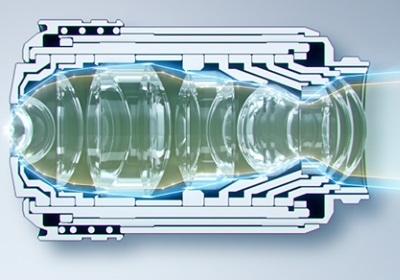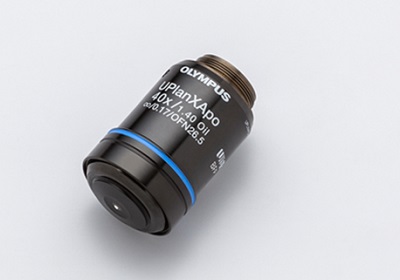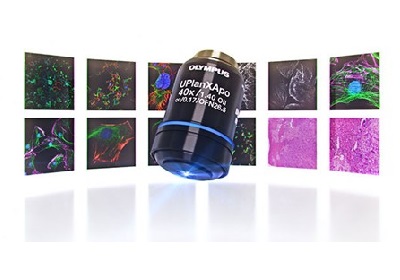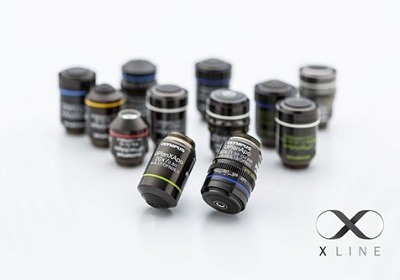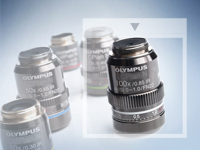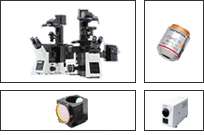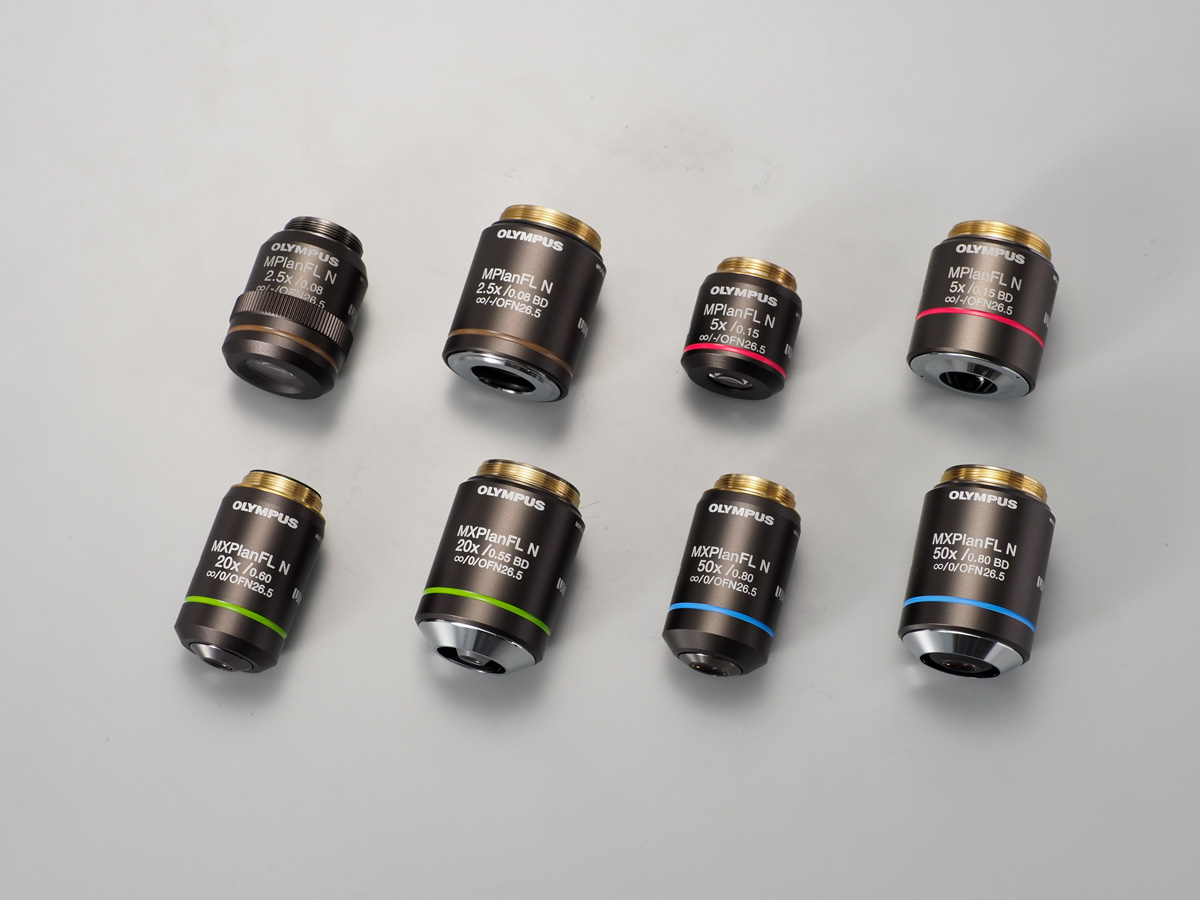Objective Lenses
Microscope objectives come in a range of designs, including apochromat, semi-apochromat, and achromat, among others. Our expansive collection of microscope objectives suits a wide variety of life science applications and observation methods. Explore our selection below to find a microscope objective that meets your needs. You can also use our Objective Finder tool to compare options and locate the ideal microscope objective for your application. | Related Videos |
|---|
Microscope Objective Lenses
Microscope Objective FAQs
What’s the difference between ocular and objective lenses?
The ocular lens is located at the top of the eyepiece tube where you position your eye during observation, while the objective lens is located closer to the sample. The ocular lens generally has a low magnification but works in combination with the objective lens to achieve greater magnification power. It magnifies the magnified image already captured by the objective lens. While the ocular lens focuses purely on magnification, the objective lens performs other functions, such as controlling the overall quality and clarity of the microscope image.
How many objective lenses are on a microscope?
Many microscopes have several objective lenses that you can rotate the nosepiece to view the specimen at varying magnification powers. Usually, you will find multiple objective lenses on a microscope, consisting of 1.25X to 150X.
What does the objective lens on a microscope do?
Objective lenses are responsible for primary image formation, determining the quality of the image produced and controlling the total magnification and resolution. They can vary greatly in design and quality.
Read more about The Anatomy of an Objective Lens.
How do you clean a microscope objective lens?
To clean a microscope objective lens, first remove the objective lens and place it on a flat surface with the front lens facing up. Use a blower to remove any particles without touching the lens. Then fold a piece of lens paper into a narrow triangular shape. Moisten the pointed end of the paper with small amount of lens cleaner and place it on the lens. Wipe the lens in a spiral cleaning motion starting from the lens’ center to the edge. Check your work for any remaining residue with an eyepiece or loupe. If needed, repeat this wiping process with a new lens paper until the lens is clean. Important: never wipe a dry lens, and avoid using abrasive or lint cloths and facial or lab tissues. Doing so can scratch the lens surface. Find more tips on objective lens cleaning in our blog post, 6 Tips to Properly Clean Immersion Oil off Your Objectives.
Microscope Objective Resources
An Introduction to Microscope ObjectivesLearn about how a microscope objective works, its parts, and more in our introduction to microscope objectives. |
|
|---|---|
How to Choose the Right Microscope ObjectiveUnsure of what microscope objective is right for you? Use our guide on selecting the right microscope objective to weigh your options. |
|
X Line™ Objectives Offer Revolutionary Optical PerformanceDiscover how our X Line objectives have revolutionized optical performance thanks to advanced manufacturing technology. |
|
Why Objectives with Wavefront Aberration Control Are EssentialExplore how a microscope objective lens with wavefront aberration control is necessary for good microscope design. |
|
Sorry, this page is not
available in your country.
